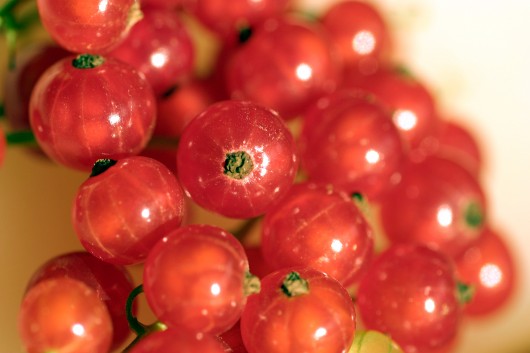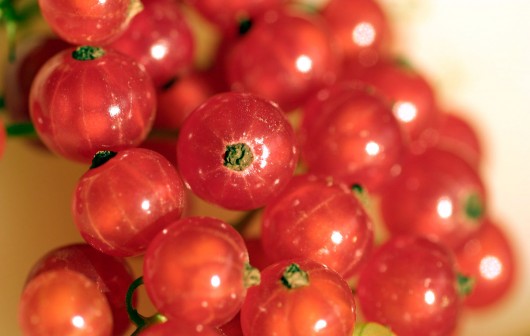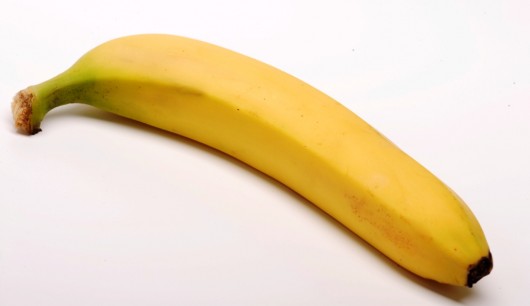The health benefits of redcurrant juice are considerable; the antioxidant properties of bright red fruits, such as redcurrants, have long been regarded as some of the strongest natural sources to be found, and for thousands of years, the healing properties of redcurrants have helped to treat a variety of wounds and illnesses. Drinking the juice squeezed from fresh fruit juice is a great way to ensure that you get your required daily dose of vitamins and minerals, and the juice obtained from the redcurrant is no exception to this rule.
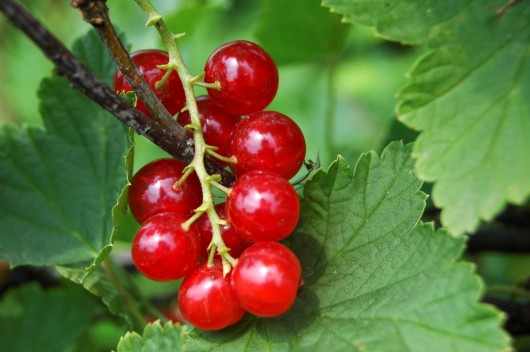
Redcurrants Contain a Significant Amount of Vitamin C
Redcurrants contain a significant amount of vitamin C. However, because of their slightly sour taste, if the juice is found to be unpalatable, it may be preferable to mix it with a little natural sweetener, such as honey, before drinking. Vitamin C is highly regarded for its properties which help protect the immune system, as well as those which keep the skin healthy. It is a potent antioxidant, which helps to fight against free radical damage caused by exposure to environmental toxins such as pollution, or smoke produced by tobacco products.
Lots Of Other Nutrients And Vitamins
A wonderful natural nutritional source – as well as being packed with vitamin C – redcurrants are rich in potassium, magnesium and iron, and are an excellent source of vitamin B1. In addition, this tiny super-fruit is high in fiber, and possesses superb anti-inflammatory properties.
Healthy Immune And Cardio-vascular System, Diabetes, Cancer, Blood Pressure And More…
The health benefits of redcurrant juice can be further attributed to helping maintain a healthy immune system, and offer protection against cardio-vascular disease, diabetes, and certain forms of cancer. The potassium contained in redcurrants will help to maintain a healthy blood pressure and prevent muscle cramps; just one cup of redcurrants will provide a little under one-sixth of the recommended adult daily intake of potassium.
The health benefits of redcurrant juice are further illustrated by the presence of magnesium, which, amongst other things, helps to promote healthy nerve and muscle function, and strong and healthy bones.
Redcurrant Juice is Also a Mild Laxative
Due to their high fiber content – a cup yields almost 5g of fiber – redcurrants possess mild laxative and diuretic properties. As such, their juice can be used to great effect as a tonic to help calm minor stomach upsets, to help flush the bladder through and to keep bowel movements regular. Consuming a fiber-rich diet is also recommended for helping to maintain a healthy cholesterol level.
Regular consumption of redcurrant juice will help to ensure that the digestive system and gut are kept in a healthy condition, and that they perform at an optimum level.
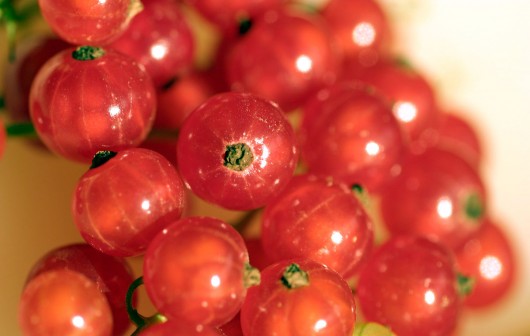
Additionally, the Health Benefits of Redcurrant Juice Include
* Being used as a mouthwash and gargle to help protect against infections and keep the mouth healthy
* Helping to induce an appetite
* Encouraging the body to perspire
* Helping to keep the blood healthy
* Assisting in reducing fevers
* Helping to alleviate problems with menstrual flow
* Reducing the symptoms of arthritis, gout and rheumatism with their natural anti-inflammatory properties
* Being used as a natural antiseptic to help soothe cuts, grazes, spots or rashes
It should be noted, though, that some of the health benefits of redcurrant juice are diminished when the fruit is subjected to certain processes involving heat and light. With this in mind, freshly squeezed juice should always be the first choice to ensure that the maximum benefits are obtained.
The best redcurrants are firm in texture, with a bright color. After purchase, they should be used as soon as possible, but if they cannot be used straight away, they should be removed from any plastic packaging, put onto a plate or into a paper bag, and stored in a refrigerator. Under these conditions, they should last for about a week. To ensure that they keep as well as possible, they should not be washed until just before they are ready to be used.
It should be noted that the health benefits of redcurrant juice will not be compromised too much by juicing fruit which has been stored for a while, providing it has been kept in a cool, dark, place. In addition, if fresh redcurrants cannot be found, frozen redcurrants can be used for their juice, although their nutritional value will be somewhat diminished.
If you are keen to introduce fresh fruit into your diet as a natural way to obtain the necessary vitamins and minerals for a healthy constitution, the healthy redcurrant juice will certainly help you to achieve your goal.
